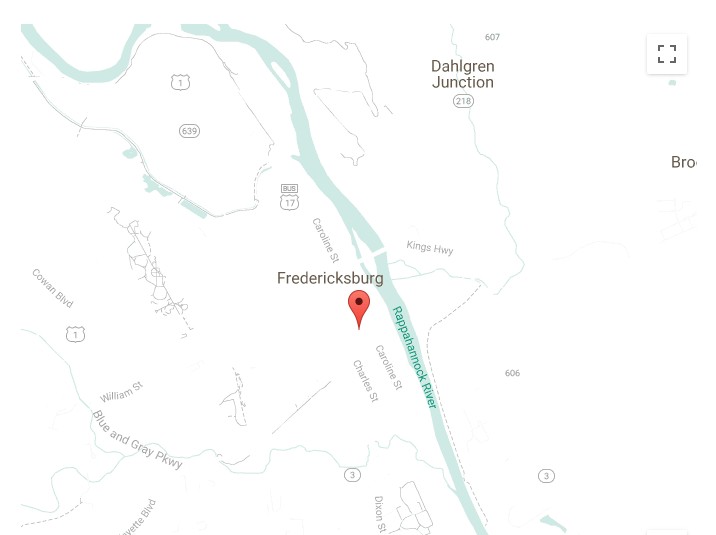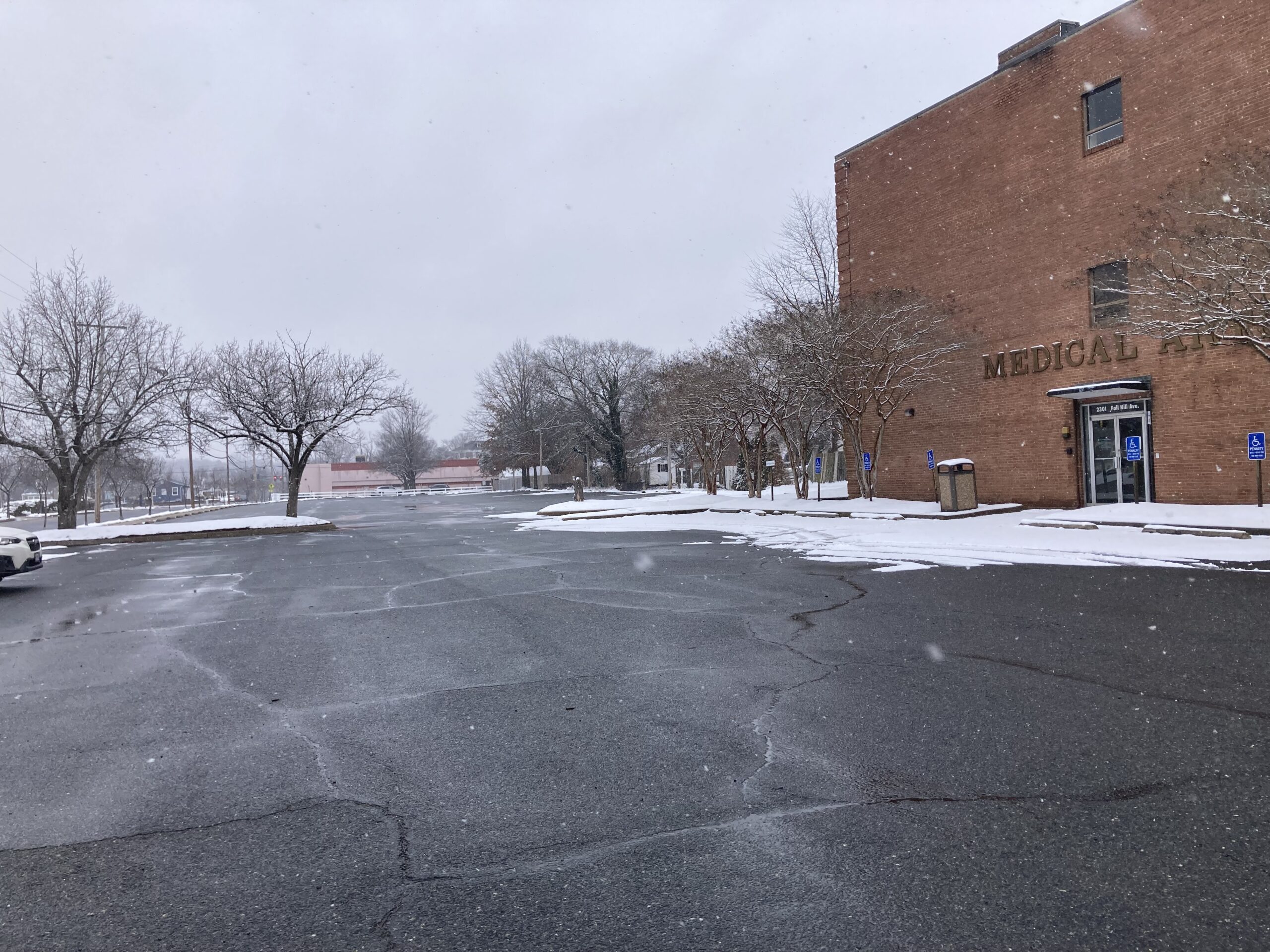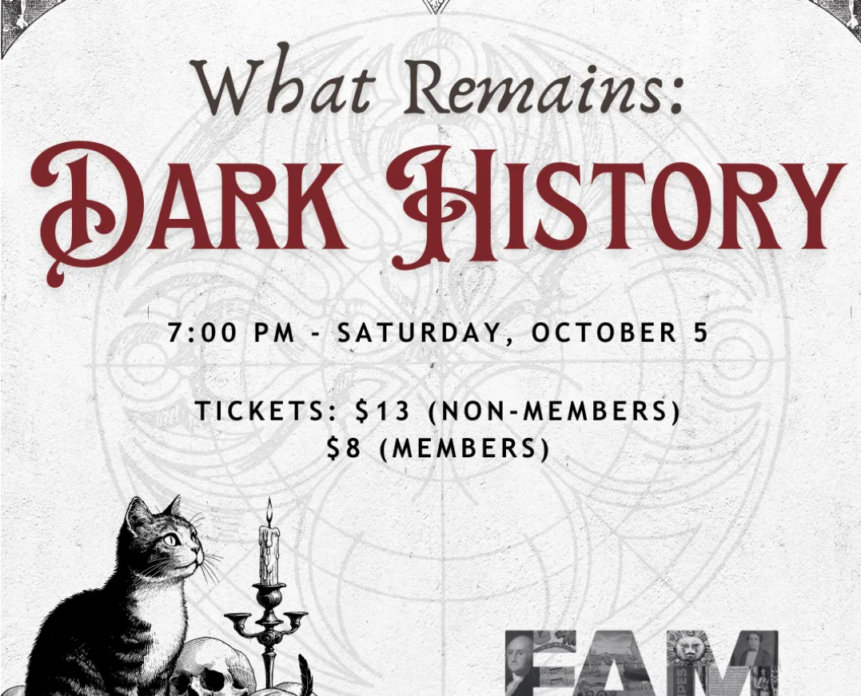
Local trail is one of four Virginia sites on the national trail.
by Adele Uphaus
MANAGING EDITOR AND CORRESPONDENT
When Chuck Frye was a boy, he didn’t like history at school, because it didn’t reflect the history he knew.
But, as he told an audience gathered in the sanctuary of Shiloh Baptist Church, Old Site, on Thursday afternoon, he loved listening to his grandmother, Pearl French, tell stories about her life.
Stories like those his grandmother told in her living room became an official part of Fredericksburg’s history through their incorporation into the city’s Civil Rights Trail, which debuted a year ago.
And now, stories like his grandmother told in her living room are part of the nation’s history, thanks to Fredericksburg’s Civil Rights Trail becoming part of the National Civil Rights Trail.
“Her stories over here and his stories over there, they’re our stories,” Frye said.
The community gathered at Shiloh Old Site for an official announcement, which came as a surprise from Fredericksburg mayor Kerry Devine.
“We are extremely excited to bring everybody back together for his announcement, and we’re pleased that despite not knowing what this really was about, the community showed up again,” Devine said. “We are a community that shows up.”
The Fredericksburg trail—which is titled “Freedom—A Work in Progress”—is one of four new sites added to the national trail this week.
But while the other new trails have been added as one stop, Fredericksburg’s trail has been added to the national narrative as 21 separate stops.
The trail is the result of years of hard work led by two people—Victoria Matthews, the city’s tourism and sports sales manager, and Chris Williams, assistant director of the University of Mary Washington’s James Farmer Multicultural Center.
Matthews said that when she learned that her application to include the Fredericksburg trail in the national Civil Rights Trail had been accepted, she immediately went to Williams’s office to share the news.
“I’m sure the entire campus heard us jumping for joy,” she said.
The Fredericksburg trail highlights the role of Black residents in the city’s history from 1865 on and visits sites of significance to that history and to the local civil rights movement.
It incorporates oral histories from a number of local residents, many of whom attended Thursday’s announcement and received a special commendation for their part.
Rita McClenny, president and CEO of the Virginia Tourism Corporation, said that the trail will be a draw for many visitors to the Fredericksburg area.
“When people visit a place, they are seeking authenticity. They want to feel something and to be able to let people know that they felt something,” she said. “We will take your 21 sites and talk about that as we travel around the world” promoting Virginia tourism.






Gaining national recognition is very cool, but it should be noted that the first civil rights wayside panel was installed in the 1990s. There is a collection of panels at the corner of Caroline and William Street, where several existing buildings had once been drug stores, with segregated lunch counters. The civil rights panel has photos of local activists picketing the drug stores as well as engaged in a lunch counter sit-in. I developed that panel and took some heat from some citizens who thought I had thereby embarrassed the city. There is also a Civil War panel on that corner, but the callers were not concerned about reference to an armed rebellion against the national government. They did not like the panel showing local citizens engaged in civil protest. Council was quite supportive, though, and kept funding the effort to be more inclusive. Over the years, we did additional panels depicting the African-American experience and updated existing panels to better tell that larger story. The last panel I developed was a Freedom Riders panel at Princess Anne and Wolfe Streets. The bus station, later converted to a segregated school, has been demolished, but we had some excellent photos taken from inside the bus station that showed the surrounding neighborhood at the time of the Freedom Rides (images related to the panel location are critical for a good panel). The new panel also called out James Farmer and John Lewis, who had themselves been Freedom Riders. That is where I ran into trouble. I had developed and installed a panel using my appropriated budget, but apparently the new Civil Rights Trail did not envision me as part of that effort. My panel was unceremoniously removed and a new panel was installed, remarkably similar to mine, but without the reference to John Lewis. The article quotes officials looking forward to increased tourism, which is great. Visitors come from all over, though, and most will certainly know about John Lewis. Officially highlighting only Farmer comes across as unnecessarily parochial.